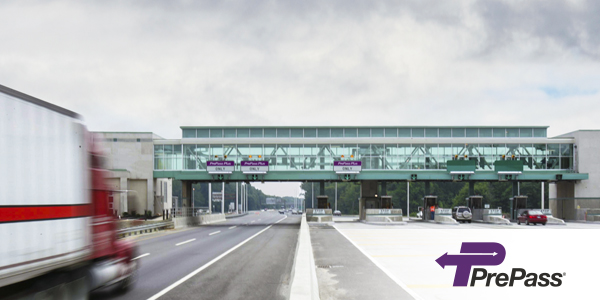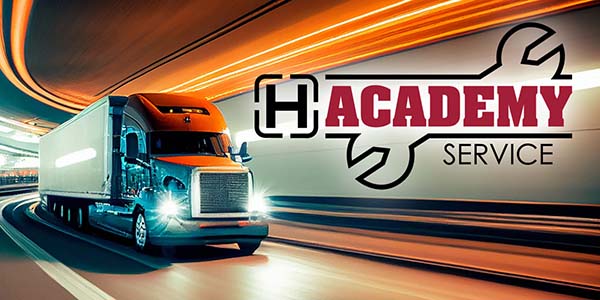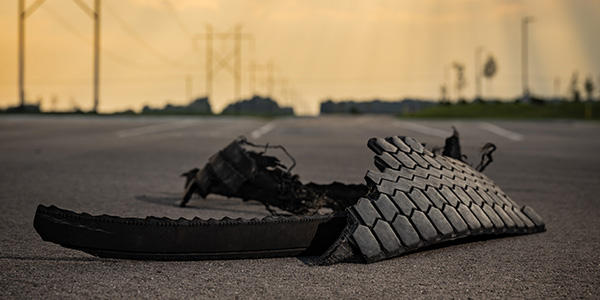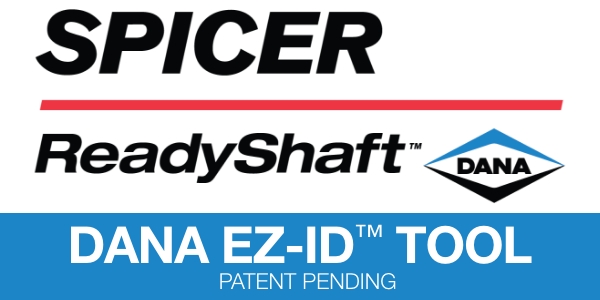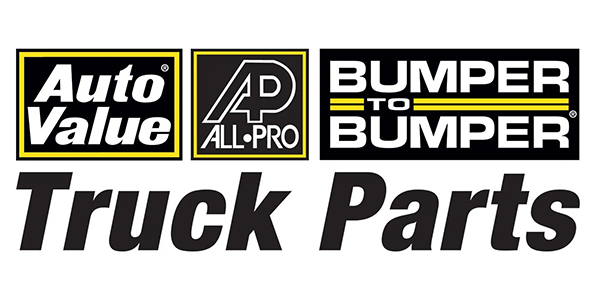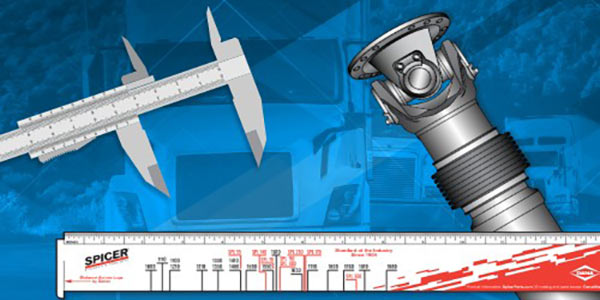More than 340 toll facilities operate in the U.S., generating billions of dollars every year. Much of this toll revenue comes from truck fleets, which have seen toll rates jump dramatically over the past decade.
Between 2009 and 2018, the Consumer Price Index (the federal government’s primary gauge of inflation) increased by a just 16.9%. In sharp contrast, toll facility revenue increased 72.5%, according to one study, because of higher toll rates.
Trucking companies bear the brunt of these toll rate increases because legislators and toll facility managers view them as businesses, not local residents or voters. Plus, carriers make up a significant percentage of traffic on toll facilities. Legislators and toll facility managers also make the often false assumption that carriers simply pass on higher toll costs to their customers.
Congress is once again debating the best way to build and pay for the country’s infrastructure. The expanded use of toll facilities is a factor in that debate. Whatever lawmakers decide, motor carriers will still have more than 340 toll facilities across the nation and increasing toll rates awaiting them.
So, what can carriers do to reduce, and even take control of their toll costs? A newly-released PrePass whitepaper, “A Guide to Trucking Toll Costs in America,” helps answer this question. The whitepaper shows how toll facilities operate and why rates continue to climb. More importantly, the whitepaper reveals how fleets can avoid tolling pitfalls and actually save money.
The whitepaper describes how toll payment methods affect toll road fees and impact safety. It shows carriers how to reduce costs by staying current on maximum tolls, plate read costs, vehicle misclassifications and peak tolling times. Carriers also learn how to balance the costs and benefits of using toll facilities, and steps to challenge toll discrepancies and violations.
This article was sponsored by PrePass.

